What happened to Asetek? Part I
This is a question that I have gotten numerous times during the last 3 years from our worldwide supporters, customer base among overclockers, hardware enthusiasts and gamers and not the least the press. In order to provide a better understanding of why Asetek has been somehow silent in the enthusiast community I will release two articles describing in more detail how Asetek started out, where we are today and where we are heading.
This site gives a pretty good idea about Asetek’s development so far. Asetek has won more than 400 international press awards on its two top retail brands VapoChill® and WaterChill™ To most end users it could seem as Asetek pulled out of the market completely. In order to understand what happened I have to go some years back in the history. Asetek was founded on the idea of compressor cooling. The idea was to sell it to the professional workstation market and private enthusiasts who wanted to overclock. At the time I used to work for Danfoss who is a world-leading manufacturer of hermetic compressors. I got the idea a couple of years prior to joining Danfoss, and the reason to move to Danfoss was not really related to computer cooling.
The workstation market started out fine but as the boutique workstation market decreased rapidly some 5-7 years ago it became harder and there was a lot of issues obtaining support from AMD and Intel to overclock their processors (funny to think about back then, where the word overclocking was banned, and today it is a key selling feature of AMD, Intel, Nvidia, ATI, Dell, HP and others) and maintain warranty.
We had decent volumes in the enthusiast market, the Dollar value was high and our products were relatively cheap in the US and back then a PC was an ugly beige thing, and it was a big thing when Asetek pioneered with a radical industrial chassis design with titanium, black and blue LED’s! However despite the success the amount of people willing (and capable) to spend $600 on a CPU cooler was limited. Instead of staying small player we wanted to grow the business and started to look around for other opportunities. Back then liquid cooling was only a small thing and you at least had to have an education as a plumber and electrician to get it work.
We saw an opportunity and based on our strong knowledge about complex cooling systems, good feel for the end users needs and a highly flexible manufacturing setup we started to focus on liquid cooling and the WaterChill series of products was born. Our vision with this platform was to provide liquid cooling done easy and safe – “Plug’n Chill”. We launched a ground breaking series of liquid cooling for CPU/GPU and chipsets at CeBIT 2003. Due to our strong brand in the market and because of many previously unseen and cool features such as quick connect fittings, pump control etc. the interest were overwhelming. We could sell 10 times our manufacturing capacity at that time!
The WaterChill series became a great success (and still is) and it is incredible to watch that some 4 years after our release of the Antarctica CPU cooler, it still ranks in top 3 in performance benchmarks. We launched many cool and valuable features such as software control panel, temperature controlled fan regulation with PID, profiled based acoustic regulation, PWM regulation of the pump etc. etc. Still today, a lot of the competition still does not offer these features. It is remarkable that Nvidia markets the ESA standard as new and groundbreaking. It is basically not different from what we had 3 years ago…
Along with higher powered CPU’s liquid cooling suddenly became interesting to every man and his dog. Everyone just wanted to market it, but luckily for Asetek almost no one got it right to begin with and a lot of companies offered (some still do) pretty bad products. Unfortunately many of these learned fast that copying was a much better deal. Asetek spent tremendous amounts of development money on developing and introducing new features and technologies, and other companies ripped them off instantly after launch. I still remember when we launched the Antarctica in February 2004, and only a few weeks later, Coolermaster launched an almost 100% exact copy at CeBIT. In that moment I realized that Asetek had to move on to something else…
The key problem was that it did not make sense to take out IP on these products since the marketing cycle was extremely fast, and the market was too small to spend serious money on going after infringements anyway. If there is no IP anyone can copy you – that is the law and the way it has to be. Only thing left is the moral, which does not really exist in this market… Therefore I started to write on a new business plan and decided to go for the OEM market instead. The idea was to utilize our many years of thermal and system level experience, develop groundbreaking products, take out as much IP as possible, have manufacturing in China and market these products to the big OEM’s.
As the OEM market is different in all different aspects we needed a big amount of capital, and although our private investors had been great and always supported us in the past, we agreed in the board to search for “clever capital” aka VC funding. I started to search for suitable VC’s that would understand this space, and late 2005 we closed first half of a $10m Series A funding from European and US VC’s.
End of part 1. Read on in Part 2, which will go more in detail with our plans, products, markets etc.
André Eriksen
CEO/Founder







 Back to articles
Back to articles

